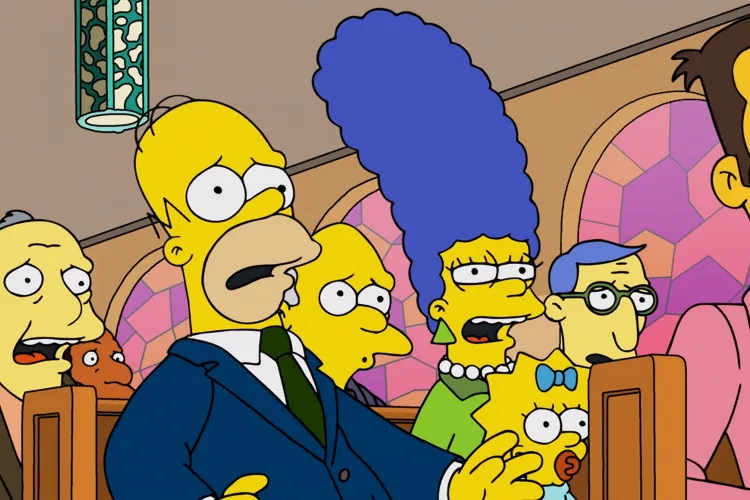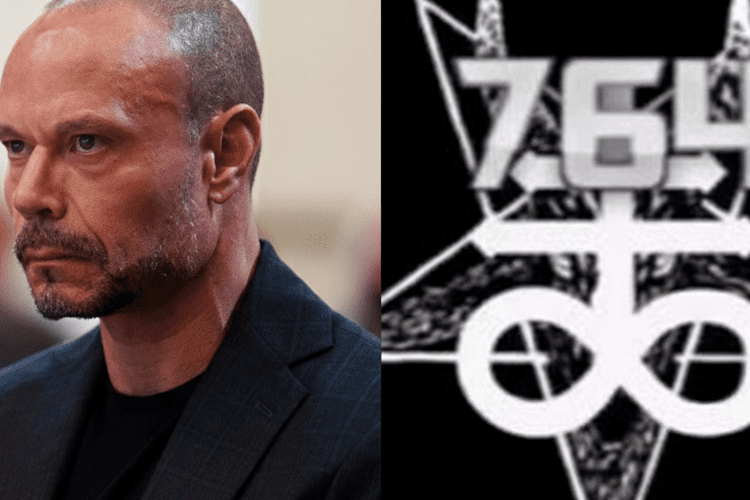After 35 Seasons, The Simpsons Permanently Kills Off a Longtime Character — And This Time, There’s No Coming Back
For a series that built its legacy on the rhythms of satire, comfort, and clever reinvention, The Simpsons has always operated within a protective bubble where life rarely changes in any meaningful way. Characters retain the same outfits, habits, flaws, and jokes they’ve carried since the late ’80s. Springfield is an eternal loop, forever spinning between the ridiculous and the familiar. But every once in a while, the animated world that millions grew up with takes a rare, seismic step that reminds viewers that even in a cartoon, not everything is untouchable.

This week, that stability shattered.
In a moment that jolted the show’s deeply loyal fan base, The Simpsons permanently killed off a longtime character who had been woven into the fabric of Springfield for 35 seasons. While the show has played with character deaths before — sometimes as one-off jokes, alternate universe gags, or temporary twists — this time, producers confirmed that the death is final. No Halloween-episode loopholes. No dream sequences. No unexpected returns. The character is gone from the series in a way The Simpsons almost never enforces.
And fans can’t stop talking about it.
The episode unfolds with typical Simpsons humor until the tone gradually shifts. What begins as a comedic storyline tightens into something more somber, signaling to viewers that this isn’t one of the show’s usual fake-outs. The reveal comes with a quiet punch: the character is simply not coming back. The moment lands with weight precisely because it’s so rare. After all, this is a show that built an empire on stasis — preserving its characters as pop-culture constants while the world around them changed.
The writers leaned into that contrast. The scene is emotional without being heavy-handed, a carefully measured goodbye that respects the character’s decades-long presence without undercutting the series’ comedic DNA. Even in grief, The Simpsons remains The Simpsons, folding humor into heartbreak with an ease that has kept the show relevant for generations.
What makes this death hit even harder is how deeply the character had become part of viewers’ shared cultural memory. They weren’t the show’s central figure, but in a series defined by its ensemble, their role mattered. They were a familiar face in Springfield — reliable, recognizable, and woven into small, memorable moments that longtime fans can quote without hesitation.

That’s the secret strength of The Simpsons: even the side characters feel like family. They’re part of the comfort of the show, whether they’re delivering punchlines or simply appearing in the background of Moe’s Tavern. To lose one permanently after 35 seasons is losing a tiny but meaningful piece of television history.
Reaction online was immediate and emotional. Social media lit up with shocked posts, nostalgic tributes, and discussions about the character’s most iconic scenes. Some viewers expressed disbelief. Others praised the writers for handling the moment with surprising tenderness. Many simply admitted it made them cry more than they expected. Animated or not, television deaths can leave a mark — especially when the character has been there longer than some fans have been alive.
The cast and production team have spoken carefully about the decision, offering clarity without revealing more plot details than necessary. According to those close to the show, the choice to kill the character was not made lightly. It was, they said, the product of both creative direction and narrative timing — a moment to close a chapter in order to open new ones. Even after 35 seasons, The Simpsons continues to evolve, if slowly, and this moment marks a rare pivot.
It also speaks to how the show has matured in subtle ways. The Simpsons once avoided permanent changes almost entirely, relying on episodic resets to keep its universe intact. But over the years, the series has allowed small pieces of continuity to form. Characters grow older — if only spiritually — and shifts in their lives occasionally stick. The decision to kill off a longtime figure mirrors that gradual shift toward allowing genuine change into a world built to resist it.
Still, the show’s humor hasn’t faded. Even within the emotional storyline, classic Simpsons quirks push through — a sarcastic aside, an exaggerated reaction shot, a perfectly timed cutaway. The writers understand that fans want to feel something, but they also want to laugh. Balancing those instincts takes finesse, and this episode demonstrates that after all these years, the series still knows exactly how to do that.
There’s another layer to the reaction: a sense of gratitude. For many fans, The Simpsons is more than a show; it has been a lifetime companion. Its characters existed before the rise of streaming, before smartphones, before the internet transformed television into a global machine. They are pieces of nostalgia in motion. And even when the series plays with darker themes, it does so with respect for that bond.

Tributes poured in from viewers who grew up watching the character, some recalling the first episode they noticed them in, others quoting memorable lines. A number of fans admitted they didn’t realize how attached they were until the moment of loss hit them harder than expected. For a series so grounded in humor, The Simpsons has always had a surprising ability to deliver sincerity when the moment calls for it.
Part of what made this death so striking is that it counters decades of cultural jokes about The Simpsons’ immortality — the idea that the show will run forever, that the characters never age, that nothing ever permanently changes. Yet within that frozen continuity, moments like this remind people that even long-running institutions are capable of transformation. After 35 seasons, the series still finds ways to surprise.
As for Springfield’s future, the show will continue — just with one less familiar face in the crowd. But the absence won’t go unnoticed. Longtime viewers will feel the missing presence in background shots, in recurring scenes, in the small details that only dedicated fans pick up on. A character’s silence can be as loud as their presence, especially in a show where every face in the town has a history.
The legacy of the character will endure in reruns, clips, and memories shared between fans. The Simpsons has produced thousands of episodes, but each character adds something irreplaceable — a shade of humor, a slice of identity, a recognizable rhythm. Losing even one creates a ripple that longtime fans will feel.
The show’s writers have already hinted that future episodes may reference the death subtly, honoring the character without dwelling on the tragedy. It fits the show’s ethos: acknowledging change while keeping its world spinning. Fans should expect gentle nods — perhaps a small visual tribute, an empty seat, a background detail that only the most attentive will catch.
After more than three decades on the air, The Simpsons continues to prove that it can shock, amuse, and move its audience in equal measure. This latest episode serves as a reminder that even animated worlds can experience real emotional shifts — and when they do, the impact is profound.
Fans will grieve, reminisce, and likely rewatch classic episodes featuring the character. In time, Springfield will adjust, as it always does. But for now, viewers are sitting with the loss, holding onto the character’s legacy, and appreciating how a show known for its jokes still knows how to touch the heart.
The Simpsons may be timeless, but moments like this reveal the humanity behind the animation — the writers, the artists, the performers, and the audience who have kept this universe alive for generations. In saying goodbye to one character, the show reminds fans why, after all these years, they still care so deeply.



